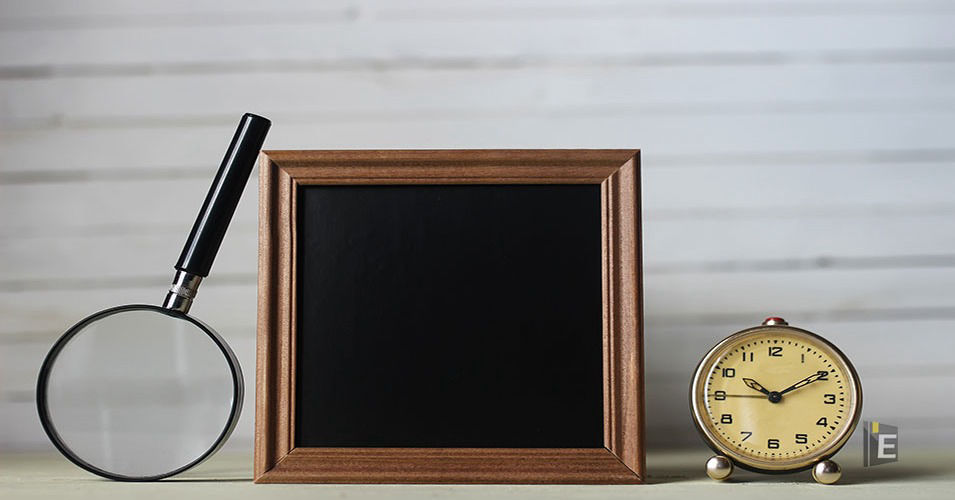Top 50 History GK Questions

Which of the following towns was built by the ruler Vijayalaya in Kaveri delta?
(A) Tiruchirappalli
(B) Tiruppur
(C) Madurai
(D) Thanjavur
Correct Answer : D
Explanation :
Vijayalaya belonged to the Chola family of Uraiyur. He defeated Muttaraiyar, the ruler of the Kaveri Delta. He built the town of Thanjavur and constructed a temple for the goddess Nishumbhasudini.
Which of the following crops was unknown to the people of the Vedic period?
(A) Rice
(B) Wheat
(C) Tobacco
(D) All these
Correct Answer : C
Explanation :
Tobacco was not known by the people of the Vedic period. During this period, economic activity was dominated by agriculture. Agriculture was mainly done along the Ganges valley. The crops cultivated during this period were Wheat, Rice, and Barley, Beans, and Sesame.
The Mughal Architecture is a blending of
(A) Turkish and Afghan styles
(B) Turkish and Persian styles
(C) Arab and Indian styles
(D) Persian and Indian styles
Correct Answer : D
Explanation :
Mughal Architecture is the blend of Indian and Persian elements that makes Mughal architecture so unique. Typical features include huge, onion-shaped domes crowning commemorative monuments, with smaller domed buildings and minarets standing symmetrically on either side.
Which of the following items came to be known as 'Calico', which was taken by the Portuguese to Europe from India?
(A) Muslin
(B) Retail goods (piece goods)
(C) Spices
(D) Cotton Fabric
Correct Answer : D
Explanation :
The cotton textiles which the Portuguese took back to Europe, along with the spices, came to be called "calico" (derived from Calicut), and subsequently calico became the general name for all cotton textiles.
The Indian independence movement was led by:
(A) Mahatma Gandhi
(B) Jawaharlal Nehru
(C) B. R. Ambedkar
(D) All of the above
Correct Answer : A
Explanation :
Mahatma Gandhi led a non-violent Civil Disobedience Movement in colonial India known as the Salt March, also known as the Salt Satyagraha, the Dandi March, and the Dandi Satyagraha. By 1930, the Congress Party had announced that the only goal of the liberation movement should be Poorna Swarajya or total independence.
Who was made the Nawab of Bengal following the Battle of Plassey?
(A) Mir Jafar
(B) Alivardi Khan
(C) Sirajuddaulah
(D) Mir Qasim
Correct Answer : A
Explanation :
1. After the battle of Plassey, Mir Jafar was made the Nawab of Bengal.
2. After the defeat of Siraj-ud-Daula in the Battle of Plassey (23 June 1757), the British made Mir Jafar the Nawab of Bengal.
3. Mir Jafar was a puppet Nawab, and the British established their control over Bengal.
Which of the following books is written by Rajendra Prasad?
(A) India Divided
(B) An Autobiography: Towards Freedom
(C) The Discovery of India
(D) Glimpses of World History
Correct Answer : A
Explanation :
1. The book titled India Divided is written by Rajendra Prasad.
2. Rajendra Prasad was an Indian independence activist, lawyer and scholar. He was also the first President of India from 1950 to 1962.
Moved by the Swadeshi Movement, ______ painted his famous image of Bharat Mata portraying her as an ascetic figure.
(A) Satyendranath Tagore
(B) Abanindranath Tagore
(C) Jyotirindranath Tagore
(D) Dwijendranath Tagore
Correct Answer : B
Explanation :
1. Inspired by the Swadeshi movement, Abanindranath Tagore painted his famous image of Mother India, in which she is depicted as an ascetic figure.
2. A nephew of the Indian poet and artist Rabindranath Tagore, Abanindranath was exposed to the artistic inclinations of the Tagore family at an early age.
Which of the following combinations of ‘Ruler – Predecessor’ is correct with respect to the Delhi Sultanate?
(A) Alaudddin Khalji – Jalaluddin Khalji
(B) Jalaluddin Khalji – Alauddin Khalji
(C) Muhammad Tughluq – Firuz Shah Tughluq
(D) Ghiyasuddin Tughluq – Muhammad Tughluq
Correct Answer : A
Explanation :
Key Points Khilji Dynasty (1290-1320) Jalaluddin Khilji (1290-96) He was the founder of the Khilji Dynasty Alauddin Khilji (1296-1316) He was a nephew and son-in-law of Jalaluddin Khilji. Alauddin Khilji killed him and succeeded the throne in 1296. Tughlak Dynasty (1320-1414) Ghiyasuddin Tughlak (1320-25) He was the founder of the Tughlak Dynasty. He was succeeded by Mohammad bin Tughlak. Mohammad bin Tughlak (1325-51) His name was Ulugh Khan and after succeeding Ghiyasuddin Tughlak he was named under the title of Mohammad bin Tughlak. Firoz Shah Tughlak (1351-88) He was the cousin of Mohammad bin Tughlak.
Which Mughal emperor shifted the Mughal capital from Agra to Delhi?
(A) Jahangir
(B) Aurangzeb
(C) Shah Jahan
(D) Bahadur Shah
Correct Answer : C
Explanation :
The capital of the Mughal empire was changed from Agra to Delhi by Shah Jahan in the year 1638.



